
Published:
Readtime: 7 min
Every product is carefully selected by our editors and experts. If you buy from a link, we may earn a commission. Learn more. For more information on how we test products, click here.
When it comes to conversations about commuting in Australia, I’ve always walked away feeling a little vexed. Public transport is relatively cost-effective but has patchy coverage; cycling is ideal, but only if you live close to where you work; and while cars are comfortable, they produce excessive peak hour congestion and (in most cases) emissions. Of course, there’s an excellent argument to be made for motorbikes and scooters as the ultimate door-to-door commuter, but even still, you still can’t escape the environmental impact and maintenance.
Australian insurance provider ‘Real Insurance’ published its Australian Commute Whitepaper in November 2022, and some of the take-homes were startling, to say the least. The report found that the average commuting Australian:
- Spends $20 per day, $4,003 per year.
- Takes an hour a day to get to their destination, 11,000 minutes a year.
- Travels around 30 kilometres a day, 7440 km a year.
Naturally, when I received an invitation to ride an affordable, eco-friendly, reliable, low-maintenance commuter vehicle, I was equal parts sceptical and optimistic. Produced by the relatively unknown ‘Super Soco’, the TC-Max electric motorbike looked like an intriguing proposition on paper. Small, easy to use, quiet, and for $7,990 ride away, a relative bargain. So, I dusted off the helmet, flew down to Melbourne, and spent the day testing what could be the best value commuter transport on the market today.
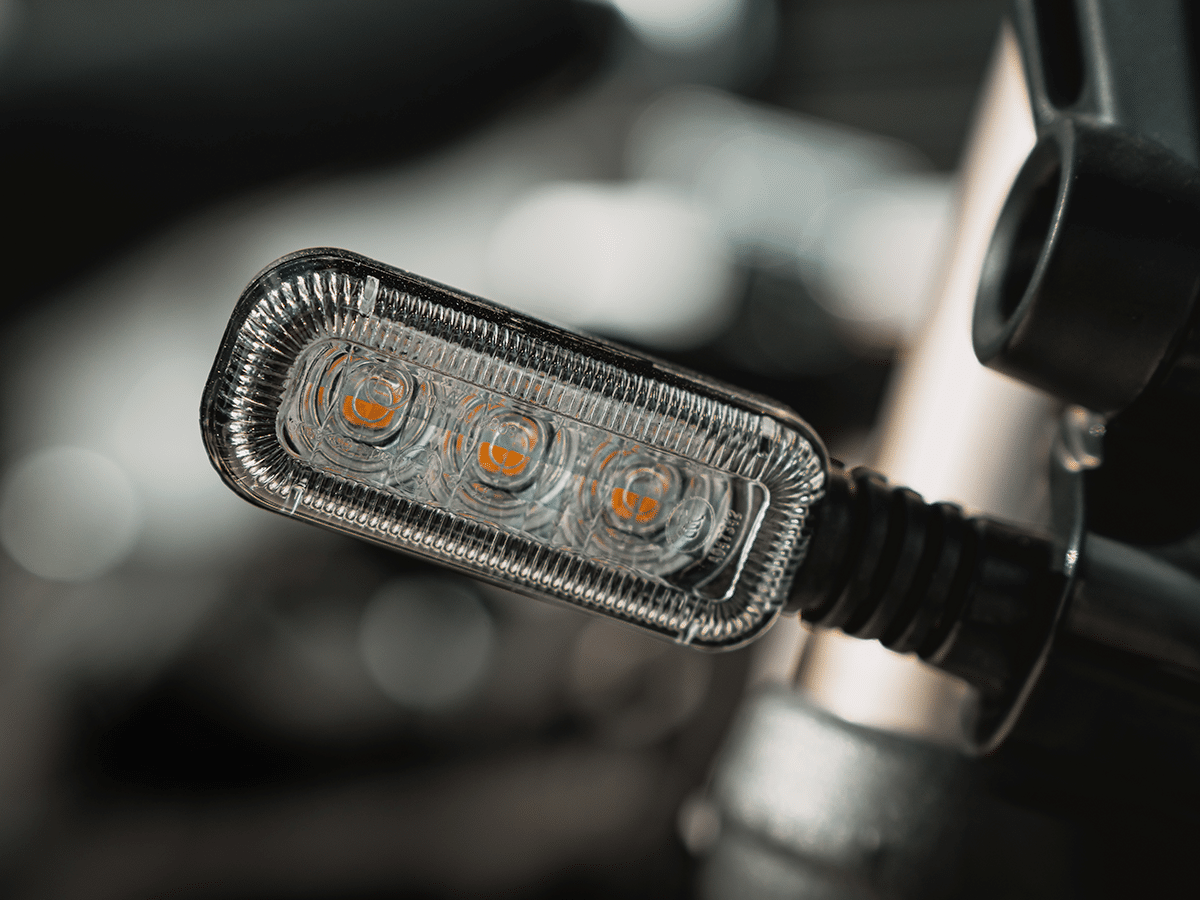
Super Soco Design
Straight off the bat, you can see that Super Soco has made the very safe decision of basing the design on the cafe racer aesthetic. Low bars… a single headlight… the result is a package that’s tidy without being boring, and even though it doesn’t scream ‘premium’, it’s not as lacking as you’d think for a bike of this price. In fact, the TC won a red dot design award for the motorcycle, which, again, considering the segment, is genuinely impressive.
In terms of features, it won’t set your world on fire. You get intelligent LED lighting front and rear, which adapts the strength of the light based on ambient brightness, you get a “retro” inspired cockpit that displays speed, range, temperature, modes..etc, and you get some 8-spoke alloy wheels (spoke wheels are an extra $300). There isn’t a great deal of storage (a single tray under the pseudo fuel tank), which is fine for the backpack commuter, but it might be a deterrent for traditional scooter users.

Electronics
Under the fairings, things get pretty intriguing. The mid-mounted electric motor is fixed to the frame and powers the rear wheel via a belt drive. The little sewing machine has a peak power of 5100w, and a peak torque of 180Nm, which is ample considering the 103kg total package weight.
Sitting on top of the EV powerplant is the removable lithium battery pack. Weighing a hefty 22kg, the 3.24 kWh (72V/45Ah) unit can be charged via a port on the side of the TC-Max or removed from the body and charged wherever you choose. I wouldn’t say it’s portable in the traditional sense (you basically end up doing a farmer’s carry with a 20kg kettlebell), but it’s still nice to have that flexibility.
Full charge time is approximately 4-5 hours on the 10 amp fast charger provided, and Super Soco says the replaceable unit is suitable for around 1500 charge cycles, with a two-year warranty on both the bike and battery.
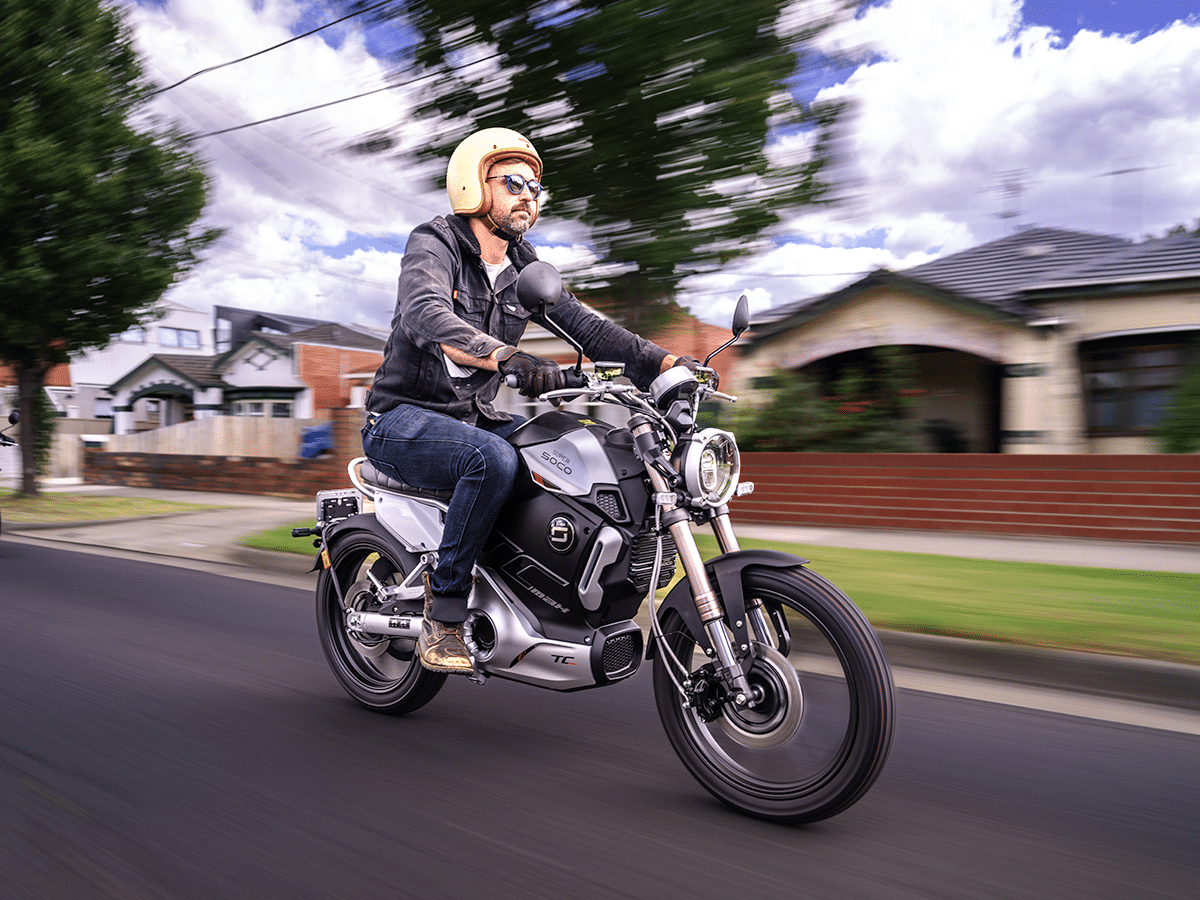
Riding
With the technical stuff out of the way and a fully charged battery between my legs, it was time to hit the streets of Melbourne. The TC-Max is unlocked via a keyless fob, then started via a traditional start/stop button on the ‘tank’. Of course, you don’t audibly notice much fanfare, but there’s enough happening on the dash to realise your little chariot is raring to go.
For traditional motorbike riders, the levers take a little getting used to, as there isn’t a rear foot brake (it’s replaced the clutch lever), but once you roll on the throttle and whisper up the street, you quickly adapt. Considering the combined 190kg weight of myself and the bike (I’ll let you work out the ratio), the 180Nm motor does a pretty good job of slinging you around the streets. It’s obviously not as savage as a Harley Davidson Livewire, but it’s enough to dart you off traffic lights and overtake vehicles with ease.
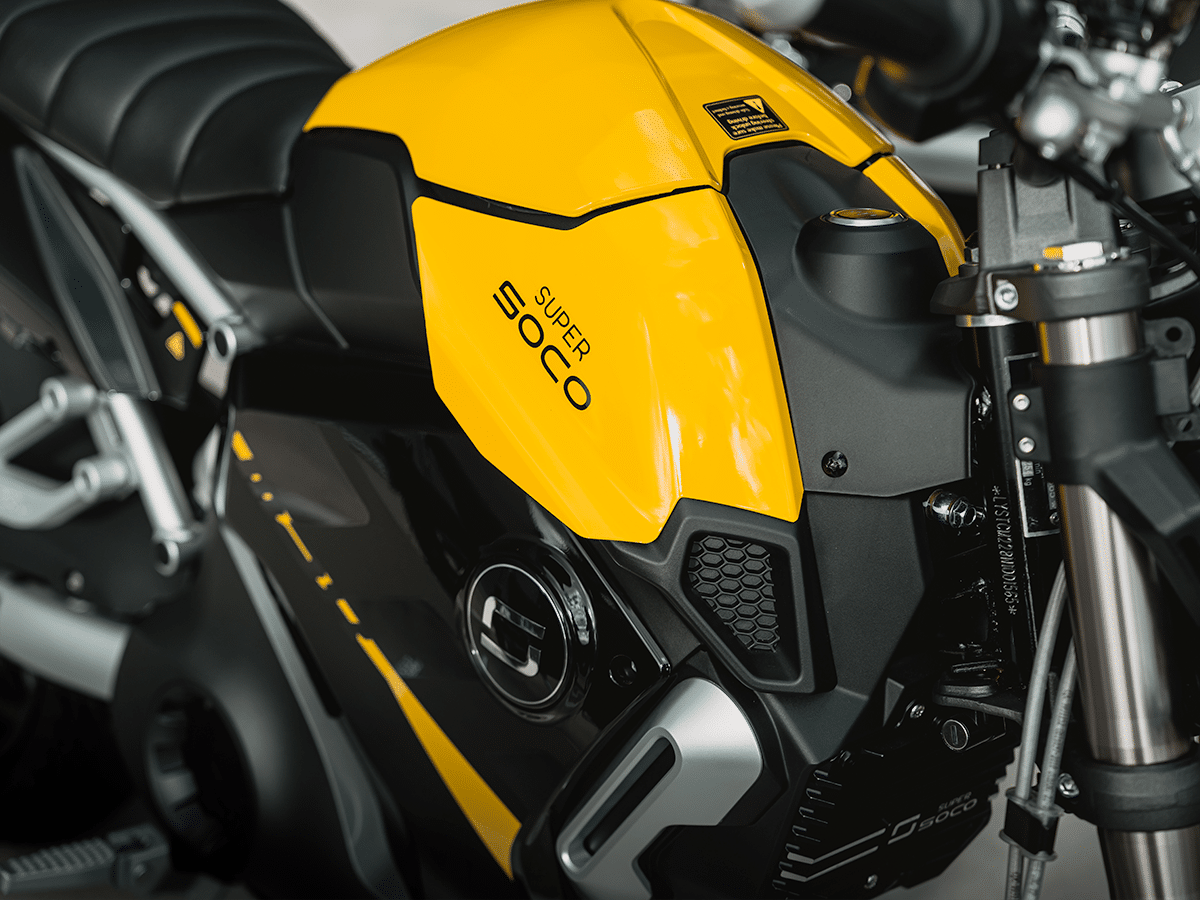
The TC-Max does feature three different ride settings (1,2,3), but they act more as speed limiters than anything else, so I just left it in 3 and touched the dizzying heights of 95 km/h (aka top speed). The lack of self-cancelling indicators is disappointing, as is the general viewability of the dash in daylight, but these issues would become less consequential over time.
Unlike most budget-friendly rides, pulling up the urban commuter was impressive. The front and rear 240mm disk brakes are managed by a combined braking system (commonly found on more expensive motorbikes), which essentially distributes the braking force between the front and rear brakes to reduce stopping distance. While it does sound like marketing hyperbole, in reality, it’s a very effective system that will get a lot of people out of trouble during their daily commute.
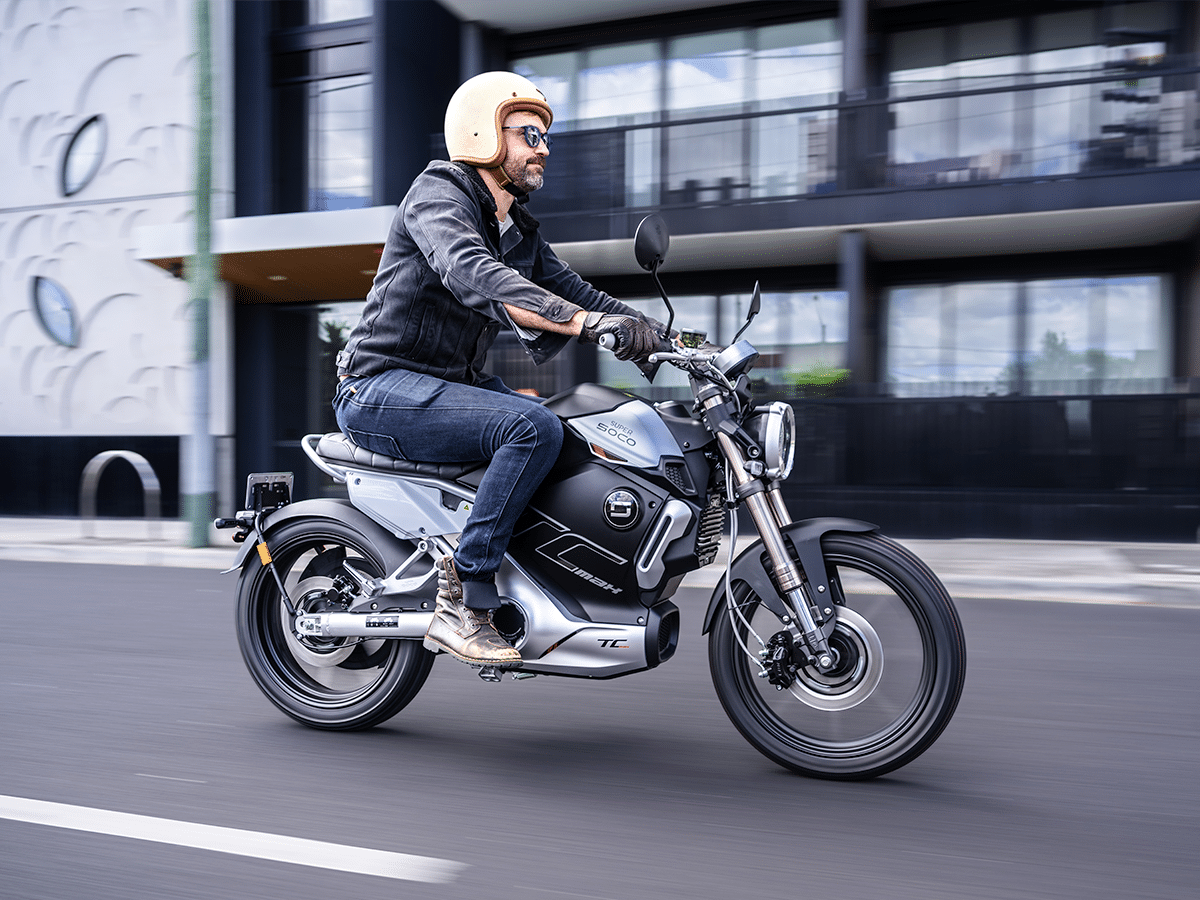
In terms of handling, everything feels as agile as the weight and proportions (1963Lx710Wx1047H mm) suggest. It’s incredibly flickable with its 90/80-17 front tyre, but it does take some getting used to. It’s not the sort of package you can just jump on and ride at nine-tenths; you have to grow into the relationship between the powertrain and chassis.
Lane filtering is some of the easiest I’ve experienced due to a combination of small proportions and linear throttle control, but due to its silence, you have to proceed a little more cautiously than your internally combustible cousins. Ergonomically, I was at the threshold for a daily commuter, but I’d say anyone under 190cm (6″2) and 90kg should find the TC-Max a trusty and comfortable steed.
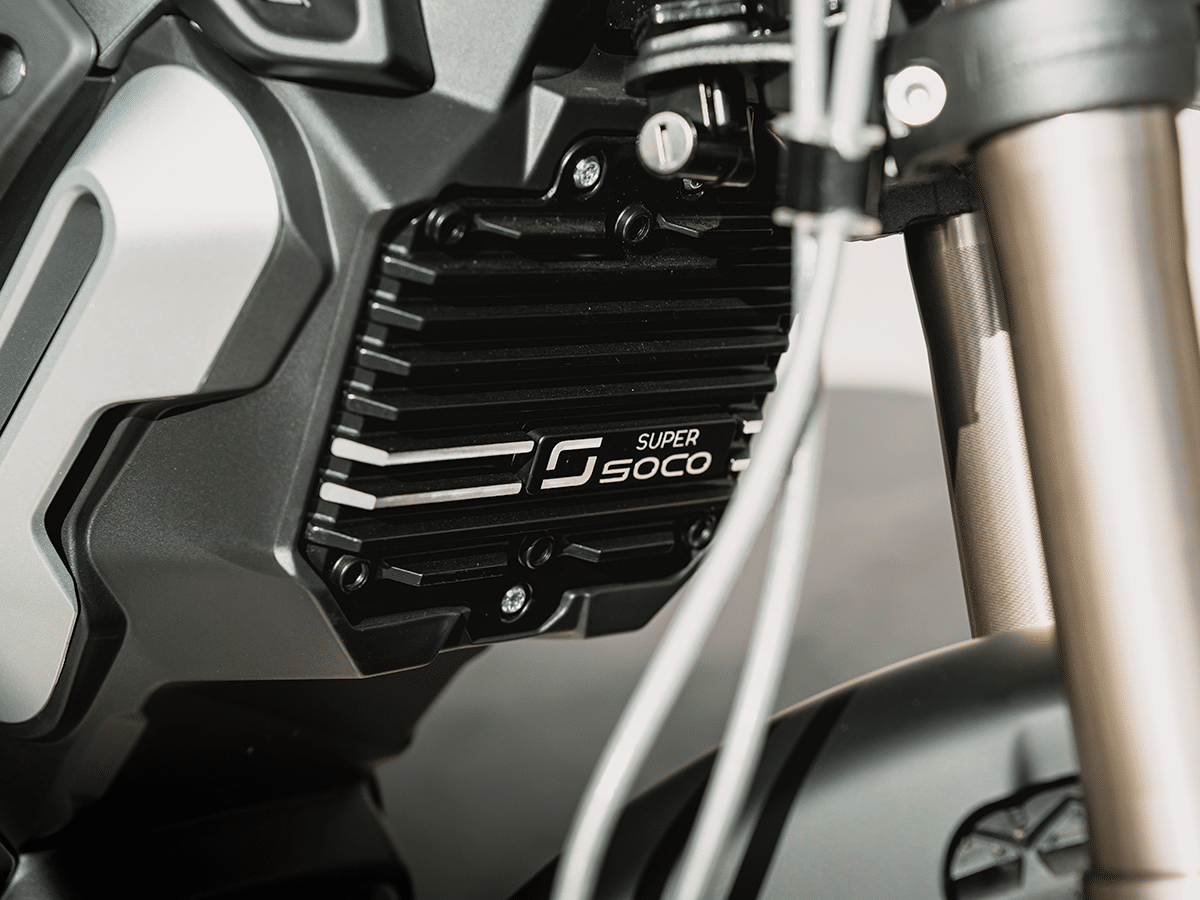
The battery range was heading for around 80km on a single charge, but Super Soco claims the bike will do 92 kilometres with a 75kg rider at an average speed of 45 km/h. In real-world applications, if the average city commuter in Australia does 150 kilometres a week, a signal charge should suffice mid-week. Australian charging company, Jolt, say home charging usually costs about “$0.15-0.30 per kWh”, so using my best Will Hunting computation, the weekly economics of the TC Max should look a little something like this:
- Range: 92 kilometres (75kg rider @ 45 km/h)
- Battery Capacity: 3.24 kWh
- Australian Charge Costs: 48.6 cents – 97.2 cents per kWh
- Weekly average charge/running costs @ 150kms: 79.2 cents – $1.58
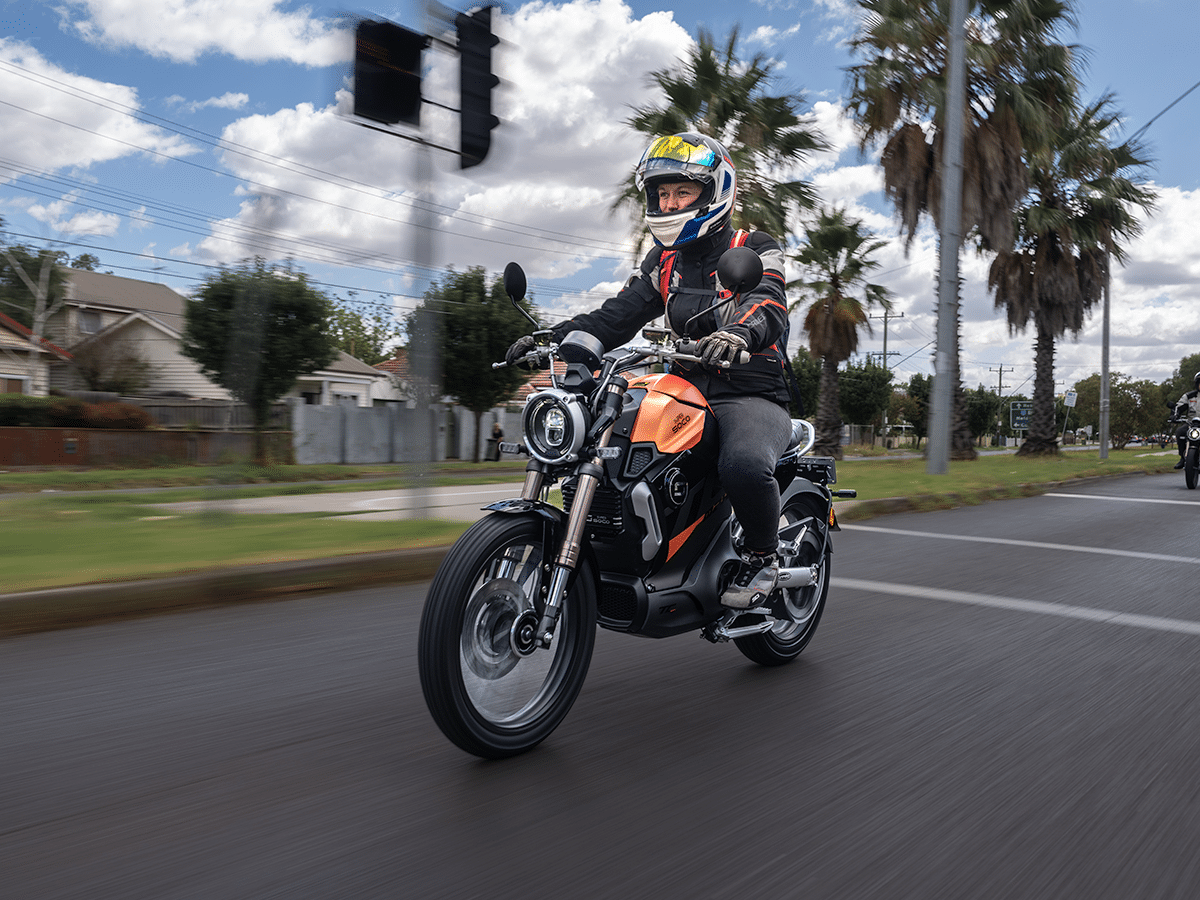
Verdict
Considering that there’s barely any maintenance, cheap registration, toll discounts, and free parking, all for less than $1.50 a week; the TC Max makes a colossal argument for commuter affordability. But when you couple that with its ability to lane filter in traffic and go on motorways, all while doing that on minimal emissions, it’s basically a no-brainer.
For the same footprint as Australia’s best-selling car, the Toyota Hilux, you can fit six of the TC Max, which might seem like a senseless comparison, but when you consider over two out of three Australians drive to work with an average of 1.2 people per car (2016 ABS), the TC Max also makes an excellent case for easing congestion.
It doesn’t matter which angle you explore, the Super Soco TC Max, and two-wheeled electric transport in general, is the key to the future of affordable, sustainable and efficient commuting in Australian cities. State and federal governments need to take this market segment more seriously and subsiding registrations and tolls accordingly. But even with the current systems in place, you’ll be hard-pressed to find a more fun, fast, inexpensive, and versatile form of transport for your daily commute. Considering Super Soco is just starting, staring down the model pipeline looks very exciting indeed.
You’ll also like:
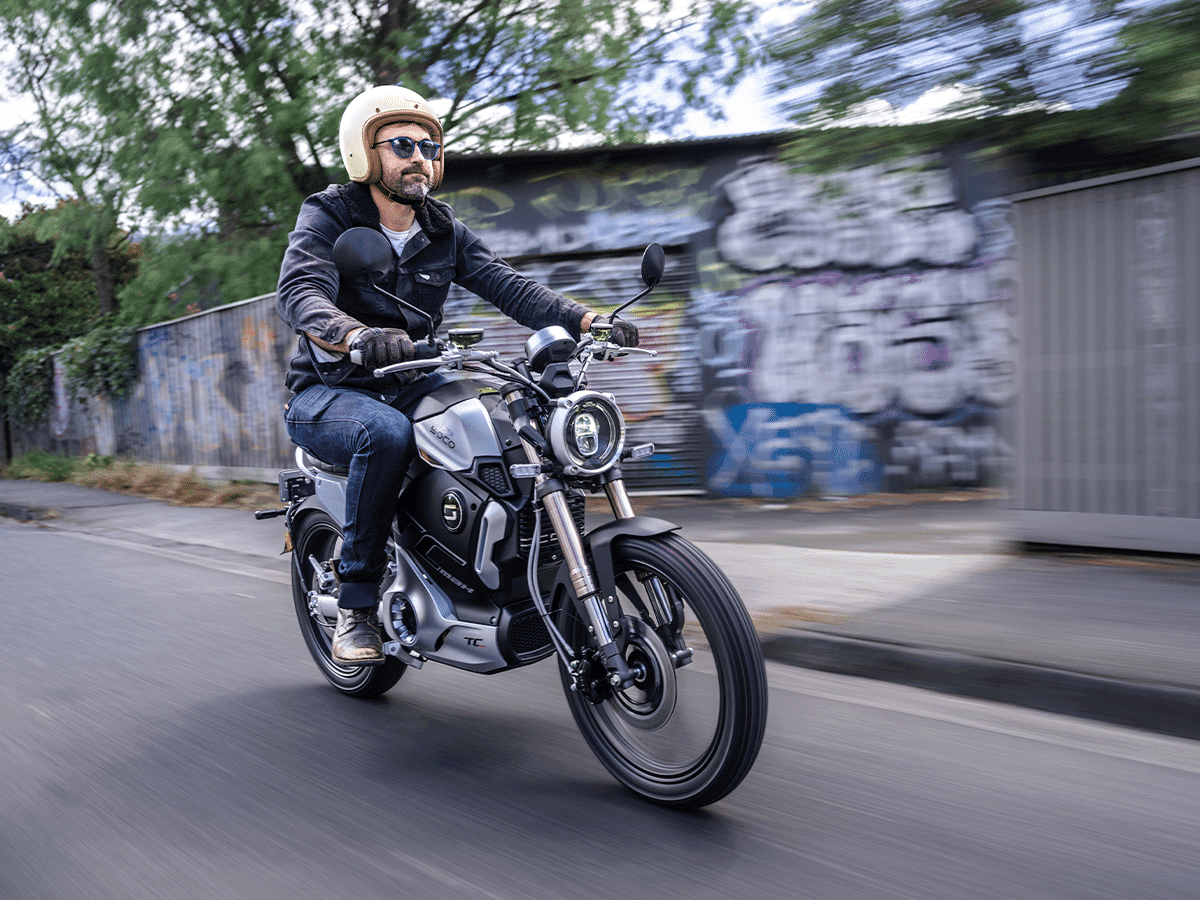

























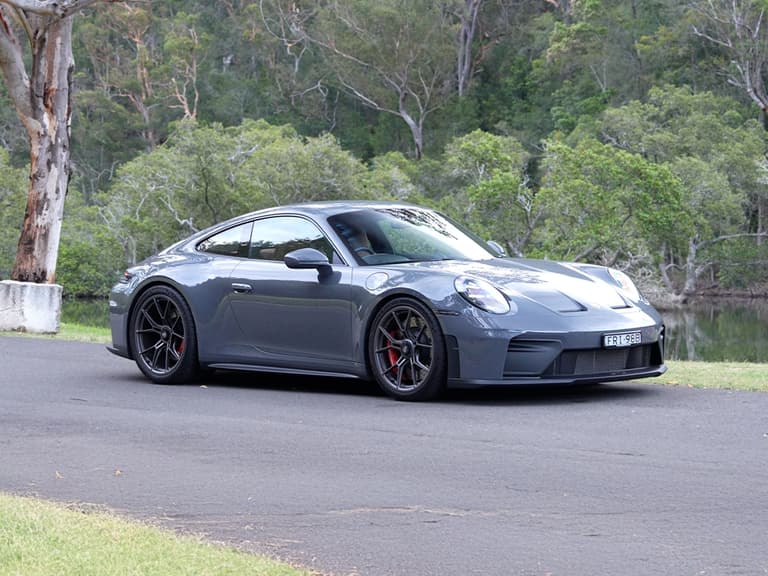
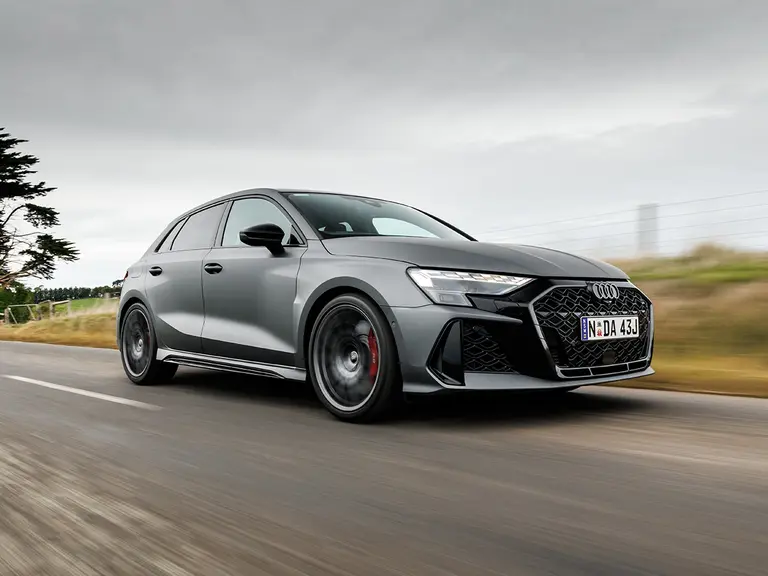
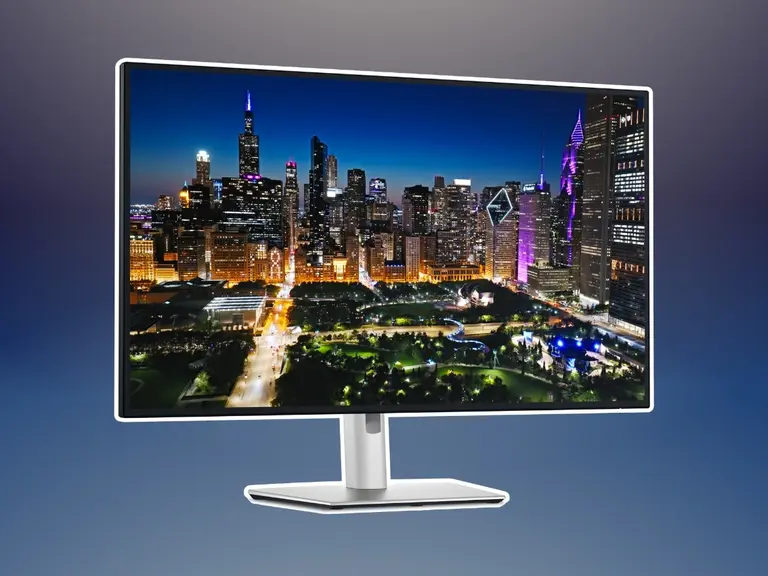
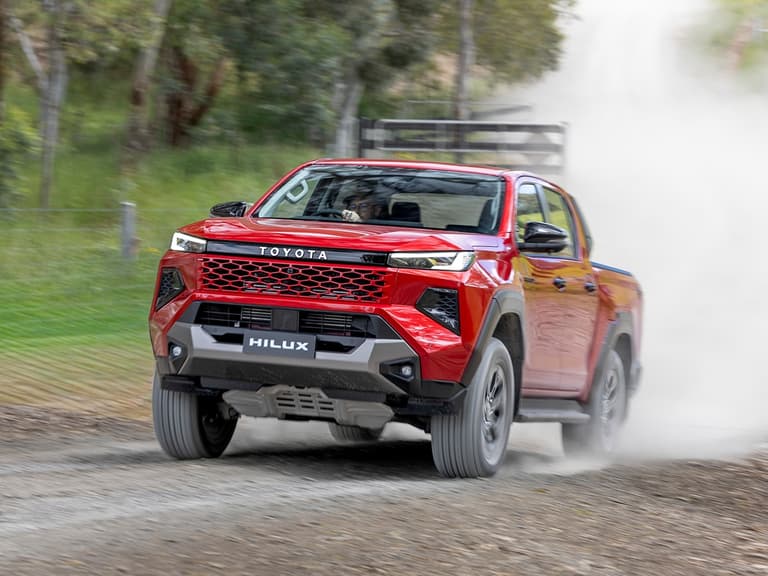
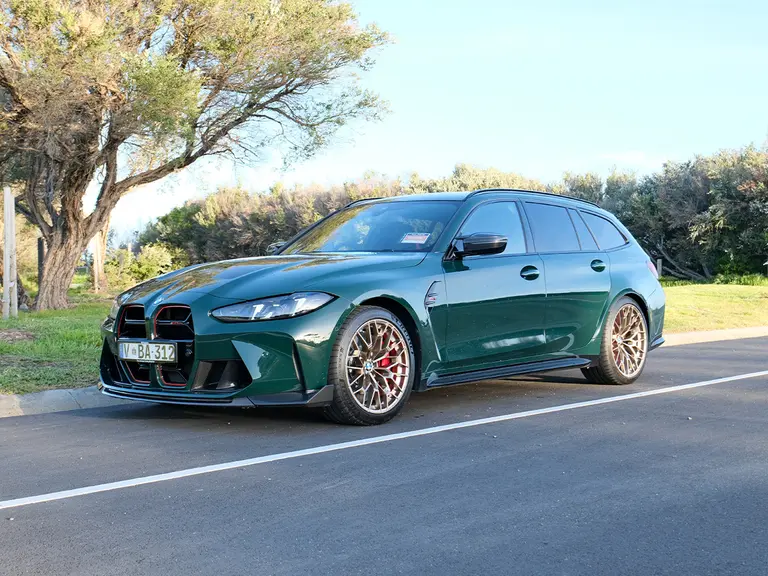
Comments
We love hearing from you. or to leave a comment.